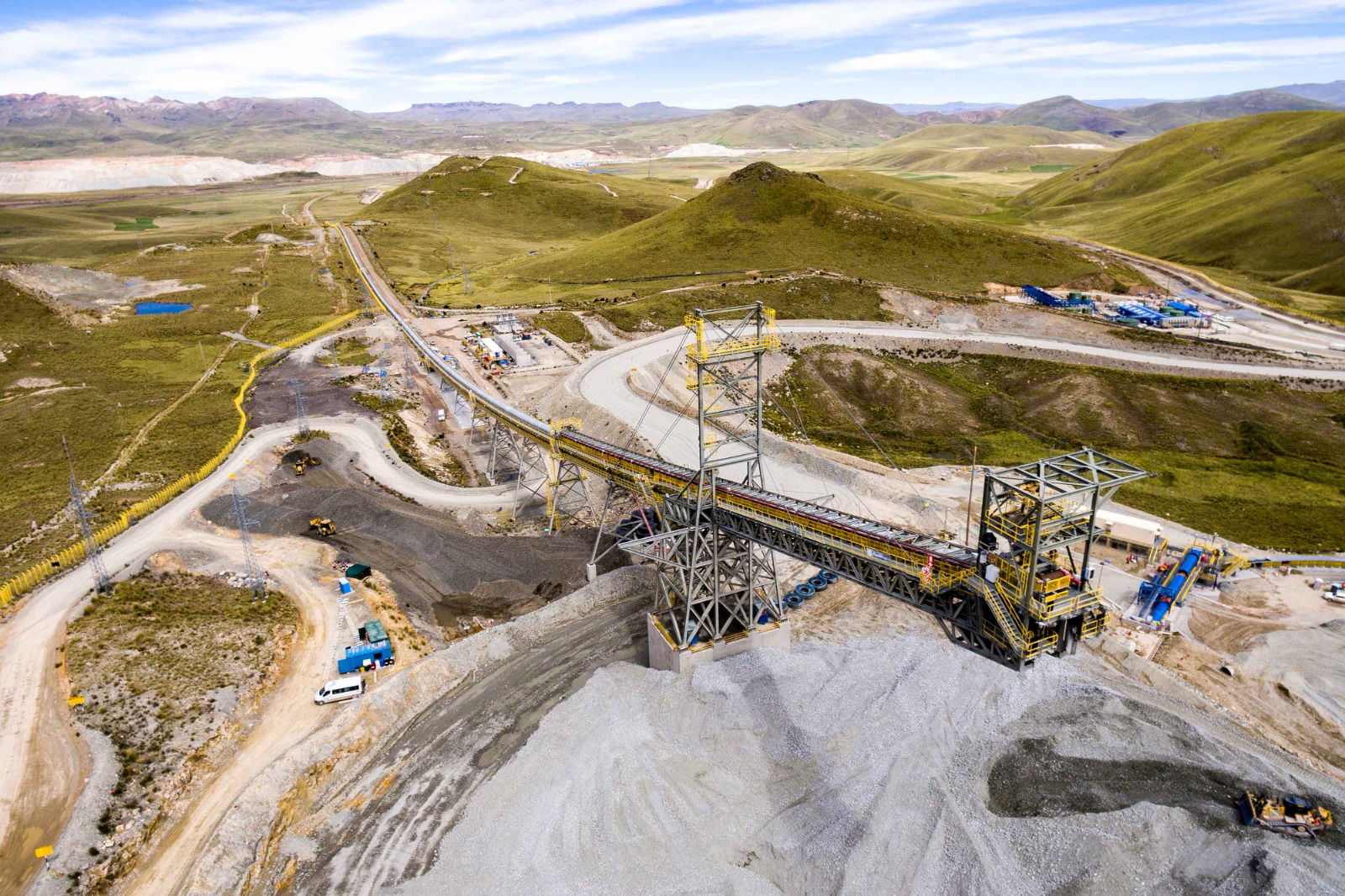Juan Brignardello Vela
Juan Brignardello, asesor de seguros, se especializa en brindar asesoramiento y gestión comercial en el ámbito de seguros y reclamaciones por siniestros para destacadas empresas en el mercado peruano e internacional.




Peruvian mining has proven to be a fundamental pillar in the development of infrastructure in the country through the Works for Taxes (OxI) mechanism. Recently, the Agency for the Promotion of Private Investment (Proinversión) revealed that mining companies have financed a total of 185 projects, amounting to S/3,787 million. This significant contribution underscores not only the relevance of the sector in the national economy but also its commitment to social development and the improvement of the quality of life in various regions of the country. According to the information provided by Proinversión, 69% of these projects focus on critical areas such as education, transportation, health, and sanitation. These sectors are essential for the welfare of the population and the sustainable development of communities, highlighting the social responsibility that mining companies have assumed in the current context. Among the companies that have participated in this initiative, 31 mining companies stand out, with Antamina making the largest investment of S/1,826.5 million. This contribution is followed by Southern Peru, which has disbursed S/1,133 million, and Volcan, with S/113 million. The magnitude of these investments reflects the capacity and interest of the private sector in contributing to the development of infrastructure that benefits citizens. The financed projects have been executed in 16 regions of the country, but Áncash, Moquegua, and Tacna lead in terms of investment, accounting for 63.1% of the total. Áncash, with an impressive investment of S/1,610 million, has received special attention, along with Moquegua and Tacna, with S/436 million and S/346 million, respectively. This geographical distribution highlights the importance of mining in regional development and its potential to close gaps in critical infrastructure. The projects with the highest investment include the Chilina Bridge in Arequipa, with S/260 million, financed by Southern Peru, Interbank, and Backus. This bridge is a clear example of how investments in infrastructure not only benefit the local population but also promote the economic development of the region. Additionally, projects such as the potable water and sewage system in Huarmey, financed by Antamina with S/221.8 million, are essential for improving the living conditions of the population. The Works for Taxes mechanism has established itself as an efficient modality for executing public investment. Proinversión emphasizes that this strategy allows for the rapid implementation of quality projects, involving the private sector in the process. The participation of mining companies in this mechanism is a clear reflection of their commitment to social development and reducing inequalities in access to basic services. As the country advances in its post-pandemic recovery process, investment in infrastructure becomes a crucial issue. The collaboration between the public and private sectors, exemplified in the success of the OxI mechanism, is fundamental to boosting the economy and improving the quality of life for millions of Peruvians. Investment in education, health, and sanitation is especially relevant in this context, as it lays the foundation for a more sustainable and equitable future. However, it is important to note that the relationship between mining and communities must be managed carefully. The active participation of companies in improving infrastructure must be accompanied by constant dialogue with local communities, ensuring that their needs and concerns are heard and addressed. Only then can a true alliance be built that benefits all parties involved. The challenge now is to continue promoting this type of initiative and ensure that the benefits of these investments translate into sustainable long-term development. Mining can and should play a key role in the transformation of Peru, but it is essential that this development is inclusive and contributes to the well-being of the communities that host these activities. In conclusion, the investment of S/3,787 million in infrastructure projects through the Works for Taxes mechanism is a testament to the transformative potential of the mining sector in Peru. As companies continue to invest in education, health, and transportation, it is vital that these actions are complemented by a focus on dialogue and collaboration, ensuring that economic growth is accompanied by significant social progress.
